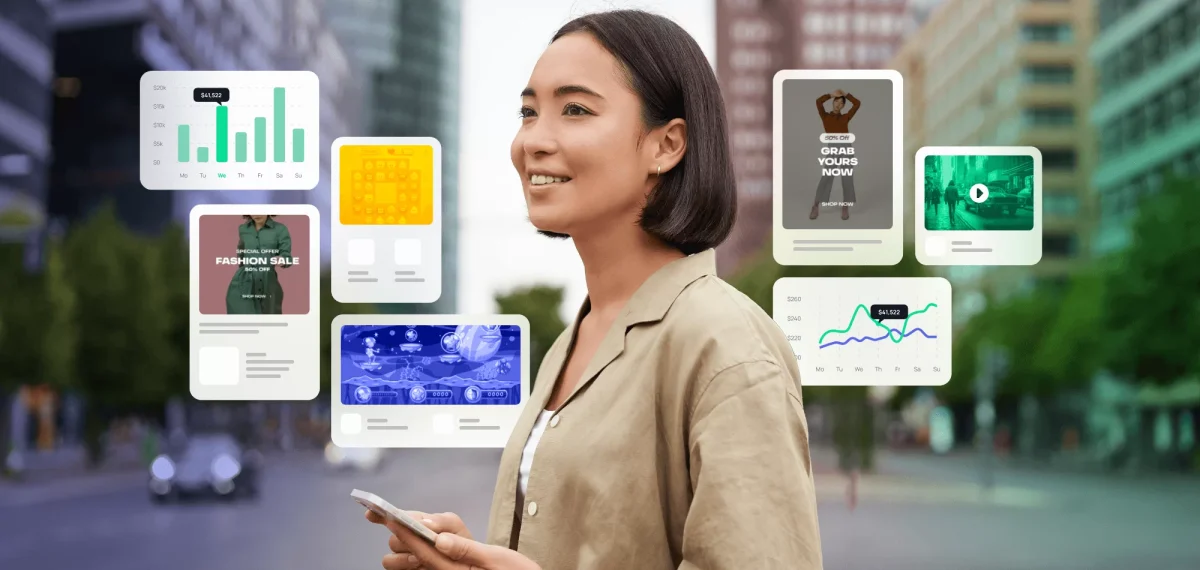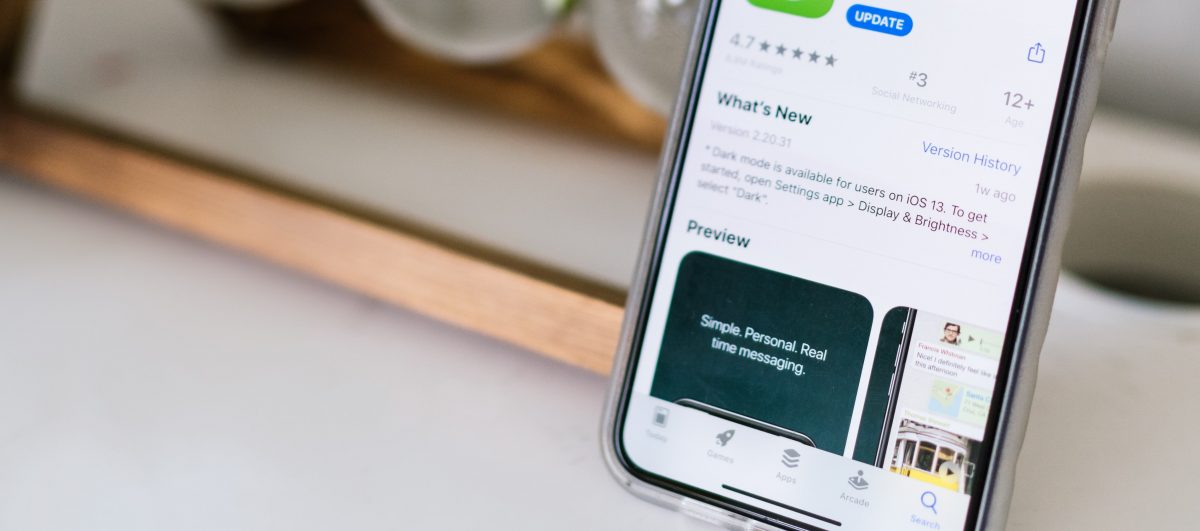If you’re developing an app, chances are you’re wondering how to make money from it. App monetization strategies play a crucial role in determining whether your app becomes a side project or a scalable business. Whether you’re launching a gaming app, a productivity tool, or a marketplace, the right monetization model can significantly impact your revenue.
Here’s a breakdown of the most effective app monetization strategies and how to choose the best one for your business.

1. Subscription Model: The Gold Standard for Recurring Revenue
Many of today’s most profitable apps, from Netflix to Duolingo, rely on subscriptions. Users pay a recurring fee (monthly or annually) for premium access to features, exclusive content, or an ad-free experience.
🔹 Best For: Content-driven apps, SaaS, fitness apps, and streaming services.
🔹 Why It Works: Predictable revenue, high customer lifetime value (LTV).
🔹 Pro Tip: Offer a free trial to increase conversions and reduce churn.
2. In-App Purchases: Microtransactions, Major Impact
If you’ve ever bought extra lives in a mobile game or premium filters in a photo editing app, you’ve encountered in-app purchases (IAPs). This model lets users buy virtual goods, premium features, or consumable items directly within the app.
🔹 Best For: Gaming, productivity, and personalization apps.
🔹 Why It Works: Users can engage at their own pace while unlocking features gradually.
🔹 Pro Tip: A freemium model (free app with optional purchases) can maximize reach and revenue.
3. Advertising: Monetize Without Charging Users
One of the easiest ways to monetize a free app is through in-app advertising. This includes:
- Banner Ads: Small ads at the top or bottom of the screen.
- Interstitial Ads: Full-screen ads that appear between content or game levels.
- Rewarded Ads: Users watch an ad in exchange for an in-app benefit.
🔹 Best For: Free apps with high user engagement.
🔹 Why It Works: Generates revenue without requiring users to spend.
🔹 Pro Tip: Rewarded ads tend to have higher engagement and don’t disrupt the user experience.
4. Affiliate & Sponsorship Models: Leverage Partnerships
Some apps generate revenue by partnering with brands and integrating sponsored content or affiliate links. If you have a niche audience, advertisers may pay to be featured in your app.
🔹 Best For: Niche communities, content-based apps.
🔹 Why It Works: High relevance = better engagement.
🔹 Pro Tip: Choose partners that align with your brand to maintain user trust.
5. Paid Apps: The Classic Approach
While one-time app purchases used to be the norm, they’re now less common due to the rise of free-to-play and freemium models. However, this strategy still works for highly specialized tools, premium services, or niche markets.
🔹 Best For: Professional tools, high-value services, and premium utilities.
🔹 Why It Works: One-time revenue upfront.
🔹 Pro Tip: Invest in a strong pre-launch marketing strategy to justify the upfront cost.
Choosing the Right App Monetization Strategy
The best approach depends on your app’s value proposition, audience, and competition. Many top-performing apps combine multiple monetization models to maximize revenue.
✅ Want expert guidance on monetizing your app? MessApps specializes in app development and monetization strategy—let’s build an app that pays for itself!
Schedule a free consultation today: messapps.com/contacts 🚀




